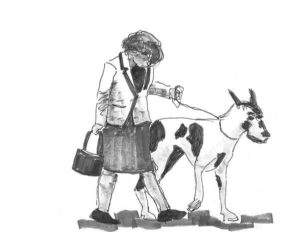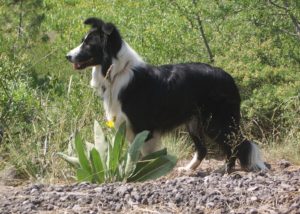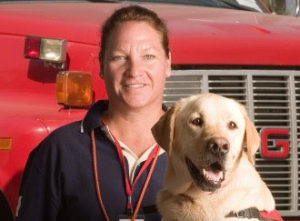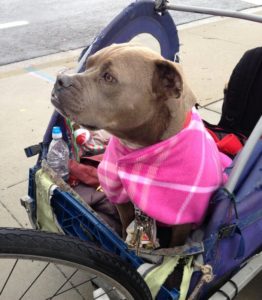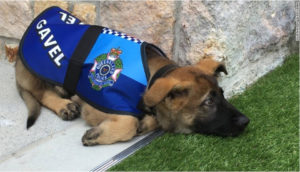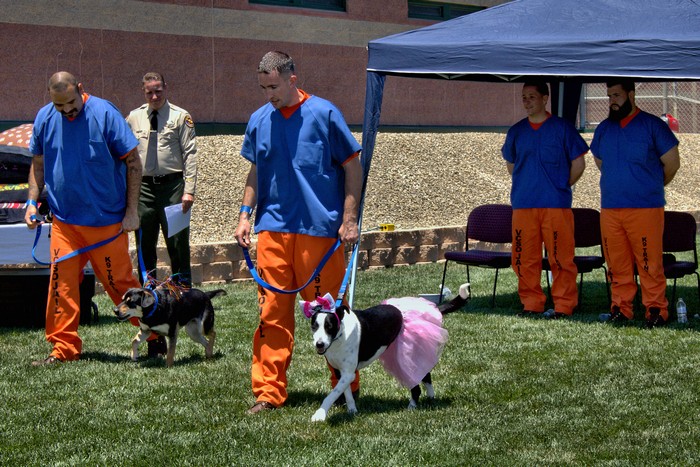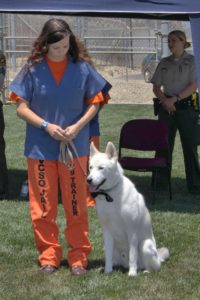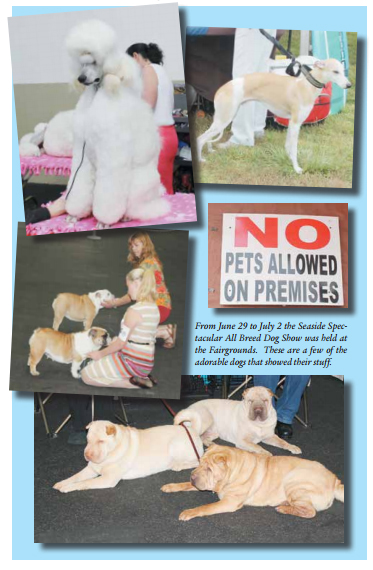 • A fund raiser for Ventura Police K9 officers’ medical insurance will be held on October 7, 4 to 8pm at the Harbor Cove Café and on the beach. (1867 Spinnaker way at the end). Vendors, raffles, live music ,food and fun for all including the Sunset Glow family fun run, walk, or crawl 5K on the beach. Be sure to visit the Ventura Breeze booth and get a free tennis ball for your dog (or cat).
• A fund raiser for Ventura Police K9 officers’ medical insurance will be held on October 7, 4 to 8pm at the Harbor Cove Café and on the beach. (1867 Spinnaker way at the end). Vendors, raffles, live music ,food and fun for all including the Sunset Glow family fun run, walk, or crawl 5K on the beach. Be sure to visit the Ventura Breeze booth and get a free tennis ball for your dog (or cat).
• The SPAN Thrift Store is providing $10 spays and neuters for low income cat and dog friends.
In the SPAN Thrift Store parking lot 110 N. Olive St. (behind Vons on Main) Friday, September 15th.
Please call to schedule an appointment 584-3823.
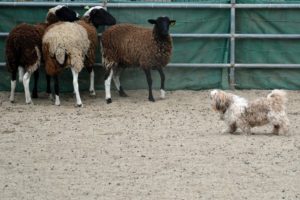
• New research attempts to answer the question whether sleeping with your furry friend(2) is a bad idea for a good night’s sleep.
While some argue that the doggy snoring will ruin their sleep, others love nothing more than a nighttime cuddle with their buddy. However, science may now have resolved the matter, with a new study suggesting that sleeping with your pet can actually help you get a good night’s sleep.
More than 40 million American households have dogs, with 63% of them considering man’s best friend to also be one of the family. However, no matter how much we love our dogs, that doesn’t allow automatic access into the bedroom.
With this in mind, researchers at the Mayo Clinic decided to look into the effect of dogs on sleep quality, recruiting 40 healthy adults without a sleep disorder to take part with their pets.
Both the participants and their dogs were asked (the dogs were asked?)to wear activity trackers to track their sleeping habits for seven nights when they slept in the same bedroom.
The team found that regardless of the size of the dog, sleeping with a furry friend “in the room” helped some people sleep better.
However, having a dog “on the bed” didn’t have the same effect, finding that those who let their canines get too cozy did it at the expense of a good night’s sleep.
“The relationship between people and their pets has changed over time, which is likely why many people in fact do sleep with their pets in the bedroom,” stated Dr. Krahn of the Mayo Clinic. “Today, many pet owners are away from their pets for much of the day, so they want to maximize their time with them when they are home. Having them in the bedroom at night is an easy way to do that. And, now, pet owners can find comfort knowing it won’t negatively impact their sleep.”
• Extracted from article by Cesar Millan:
Intelligent and energetic, Border collies are champion herders — but they aren’t for everyone when it comes to ideal dogs.
All modern Border collies originate from one dog, Old Hemp, who was born in 1893 and sired over 200 offspring. The name comes right from their origins: The border part comes from where they were initially bred in Northumberland, on the border of Scotland and England; the collie part comes from the Celtic word colley, meaning useful or faithful.
Herding dogs originated with the Romans, who brought them to the British Isles, but since the original dogs were from Northern Africa, they couldn’t handle the cold as well. Eventually, invading Vikings bred their dogs with the existing crosses between larger Roman and smaller British dogs. By the 16th century, these cross-breedings had led to various herding dogs, such as the rough collie, Shetland sheepdog, and bearded collie.
They are incredibly intelligent and are often listed among the smartest breeds of dog. They can learn to understand a large number of words, as well as hand gestures and whistles. The downside, of course, is that they can become easily bored or frustrated if they don’t receive proper mental stimulation. More than breed groups, herding dogs need jobs in order to feel fulfilled, which is why things like agility or herding training can be so useful for them.
Because of their skills at learning human words for objects quickly, Border collies have been studied by linguists, who have determined that they have communication skills that even our closest primate relatives don’t. The Border collie Chaser is said to have the largest vocabulary of any non-human animal, at a thousand words.
Border collies are famous for the “crouch” and the “stare” — their ability to move while staying low to the ground, and the intense look they will give to the animals they’re herding in order to control them. And if you have a Border collie, you may have found yourself the subject of the stare at some point, particularly if you were eating.
They’re not just for herding. Border collies can also excel at doing search and rescue work, as therapy dogs, and as… “goose masters,” trained to chase away geese, such as used at the University of Northern Florida.
The breed has been popular with royalty and celebrities over the years.


